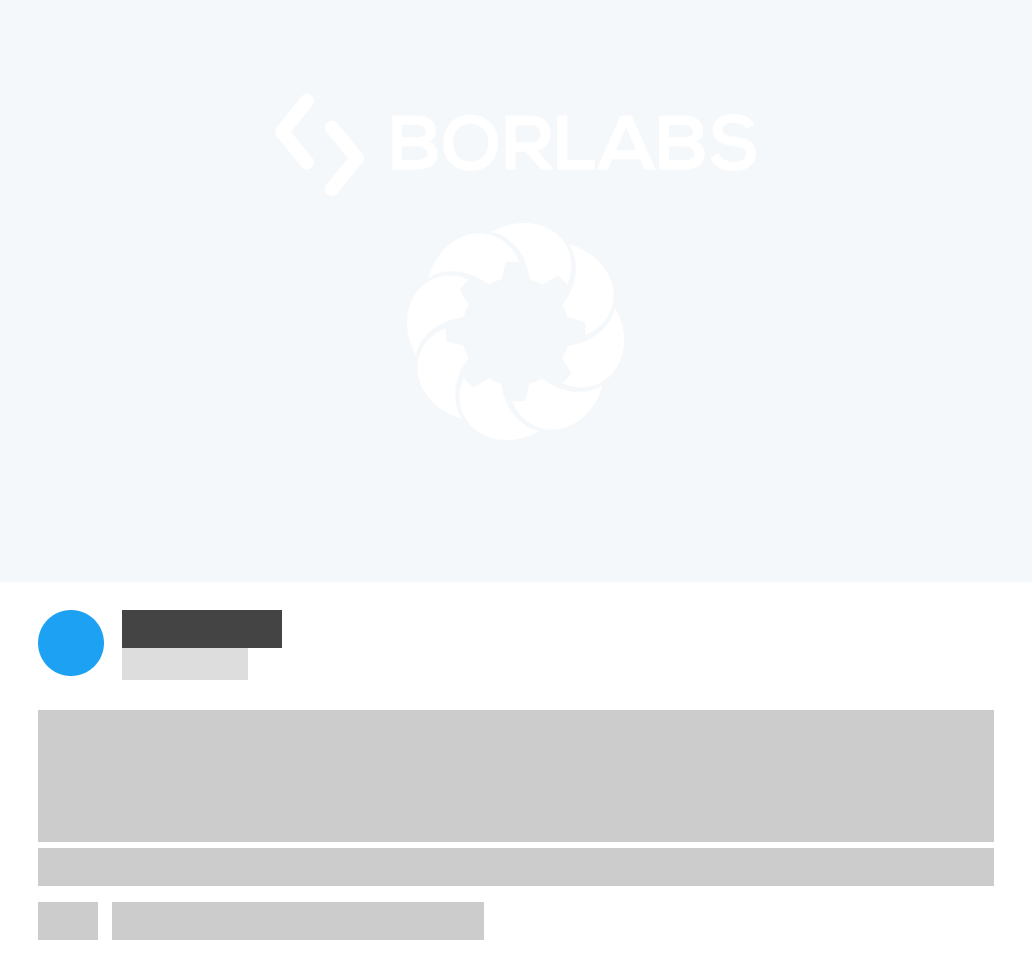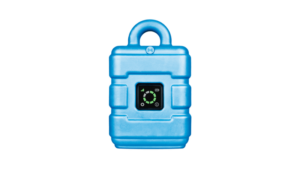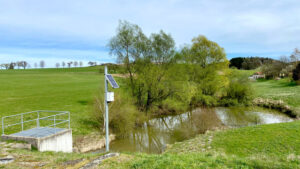At the PalaisPopulaire in Berlin, MIA guides visitors through the exhibition. Before her first tour, MIA had to study the artworks and the artists intensively and build up knowledge. Sometimes it happens that MIA cannot answer a question. Then MIA asks questions and keeps learning new things herself.
But what makes MIA so special? MIA is not a flesh and blood person. MIA is an artificial intelligence, a kind of chatbot that we already know from various insurance websites and the like. The task of bringing art closer to someone is much more complex than selling car insurance. However, the technical mechanisms behind it are similar.
In both cases, the artificial intelligence has to be fed with a bulk of questions and answers. From thousands of questions, the most frequently asked ones are filtered and taught to the artificial intelligence (AI). Little by little, she is now learning more question and who knows, maybe one day it will even be possible to have a dialogue with MIA and discuss with her our personal interpretation of the artworks. But a lot of time will pass until then.
What AI can do better than human
Equipped with great computing power, artificial intelligences are good at recognising patterns. Based on these patterns, correlations are to be recognised, conclusions drawn and finally predictions made. Artificial intelligences can do this much faster than the human brain can.
A large potential for error lies in the data base that is fed to the AI. Because if faulty or distorted data is collected, the result can only be distorted as well. If there is an error in the data collection, this is called a bias. These can be systematic or random (without causal connection).
Is that a dog or can I eat it?
Social media teaches us how difficult the recognition of patterns can actually be. In 2016, Karen Zack created some images that make it as difficult for AI as it is for the human brain to decide between dog and food.

Mit dem Laden des Tweets akzeptieren Sie die Datenschutzerklärung von Twitter.
Mehr erfahren
Suitable for the upcoming summer, a very beautiful variation by Lucie Kehoe.

Mit dem Laden des Tweets akzeptieren Sie die Datenschutzerklärung von Twitter.
Mehr erfahren
Common sense remains in demand & the laws of nature uphold
In the collection of data for the construction of an artificial intelligence and the design of this, humans with their ability to think and their common sense are still in demand. In addition to the systematic or random bias already mentioned, a number of data collection errors can occur.
Deep-Dive: Visual IoT Application
Visual IoT applications that facilitate everyday work with images and subsequent pattern recognition are popular in the municipal sector, among others. Overflow basins, sewers and the like are monitored in this way. An image is automatically taken at regular intervals. It is often not so easy to take a good picture because of the surroundings.
The less light, the more difficult it is to take a good quality photo. It is therefore relevant to understand how cameras work in order to be able to provide artificial intelligence with useful data for further processing. For example, increasing the exposure time makes an image brighter because light falls on the sensor for longer.

Fortunately, cameras already have a certain degree of intelligence built in. If you use the automatic mode, the camera tries to set the exposure time itself. Most of the time this works quite well, especially in changing light conditions. If photos are taken in a channel where there is always little light, the night mode can be used. The programme automatic selects the longest possible exposure time.
IoT applications should run for several months or years without human intervention. That is why the camera settings are not adapted for every photo. Manual mode is therefore only an option if the lighting conditions remain constant. Exposure time, aperture and so on have to be set manually in manual mode, as the name suggests.
Mastering the basics of photography are necessary to create high quality data material for further processing with an artificial intelligence. Especially in the development and installation of such a camera, human skill is required to make the basic settings accordingly. IoT and subsequently AI will subsequently support people and make their tasks easier. Such measuring points are often widely distributed and located in places that are difficult to access. The automatic transfer of data to a central server is not only convenient, but offers potential for pattern recognition, evaluations and predictions.
Finally, I would like to make one more remark: Every person who wears glasses knows it only too well. A smudged, dirty lens makes for blurred vision. And it’s the same with cameras that provide data for artificial intelligence. If the camera lens is dirty, the pictures are worthless. So besides the impulse to blame technology directly when mistakes are made, next time don’t forget to consider completely natural, conventional sources of error. Because any artificial intelligence is only as intelligent as the human behind it.


